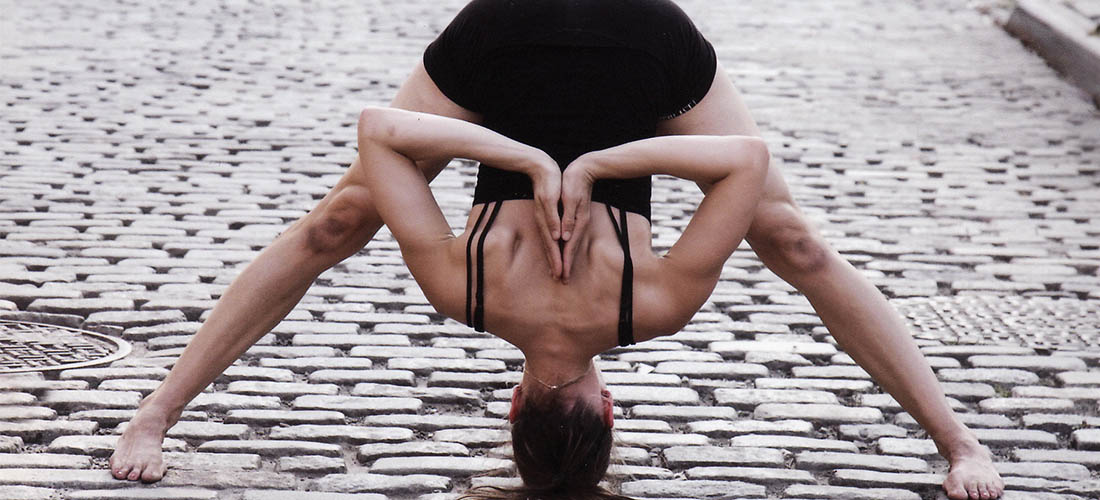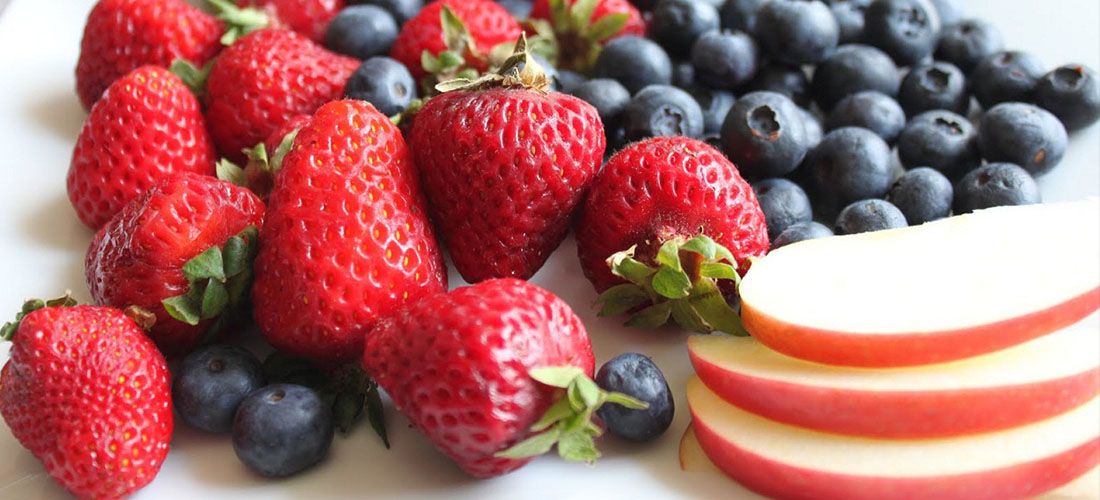Standing Straddle pose (Prasarita Padottanasana) is a wide-legged standing forward fold with benefits of both forward bends as well as inverted poses. Its Sanskrit name translates to Feet Spread Intense Stretch pose.
The pose soothes body when done after a series of many standing poses. Also, it is a good preparatory pose for inverted poses like headstand (Sirsasana), handstand (Adho Mukha Vrksasana), and Peacock pose (Pincha Mayurasana).
Contents
Health Benefits
While you bend in this pose, you stretch the back, legs, arms and abdomen. It improves blood circulation in the upper body thereby, relieving from mild headaches, fatigue and depression. Additionally, it promotes good digestion, calms brain and central nervous system while toning back, abdomen and legs.
Those with back problems should not get into full pose and try out some easier variations. Also, it would be better to consult your physician first.
Getting into pose
What you need: Room with fresh air (if you’re doing it inside, otherwise do it in open area), and you.
Difficulty Level: Beginner to intermediate
Initial Position: Mountain pose (Tadasana)
Drishti or Gaze: While performing this pose, concentrate your gaze inwards (on your third eye/between the brows)
Steps:
- Get into the initial position with your hands raised above. Now, hop on to keep a distance of 3m between your legs, depending on your height. Taller people need to spread legs wider.
- Inhale and bend forward, all the way down to touch to the floor with palms pressing on the mat.
- Now, rest your head slowly between your arms and breathe normally. Your fingers should spread apart in star and feet firmly in place. Do not lift your heels unless you feel over-stretched. Ensure your back is not rounded in the final position or while getting into the pose. It should be straight all the time.
- Gently exhale as you revert to the starting position. This should be slow, and not with a jerk. Otherwise, it can leave you with mild dizziness. Do it twice in a practice along with other poses.
If you feel exerted, rest in Savasana.
Other variations
- Iyengar variation: If your hands don’t touch the floor, make use of blocks on both sides to support your weight. Alternately, if you can touch your head easily to the floor, narrow your stance. Also, you can stretch out both your hands, once in pose, and aim to grab your feet with hands. This will further stretch your shoulders and arms.
- Arm variation I (enhanced strength): In the initial position, keep both hands on your hips with elbows pointing on the back. Then, bend forward.
- Arm variation II (enhanced stretch): You can also, interlace your fingers behind the back and then Come into the fold. As you master this, extend your knuckles overhead and then, all the way to rest on the floor.
Preparatory poses
- Downward Facing Dog pose (Adho Mukha Svanasana)
- Forward bend Cobbler’s pose (Supta Baddha Konasana)
- Pyramid pose (Parsvottanasana)
Beginner’s tip
Beginners often confuse it as another arm balancing pose, which it is not. And in most cases, touching the head to the floor in the last stage of the pose is difficult. So, support your head on a soft cushion or pile of towels.
Refrain from maintaining body weight on the arms. It is okay to bend your knees a bit, if your hamstrings are very tight.
Advanced poses
- Crane pose (Bakasana)
- Headstand (Sirsasana)
- Handstand (Adho Mukha Vrksasana)
Important Notes
- This is a Restorative yoga pose and hence, calms nerves and organs after a series of standing poses.
- Avoid this pose if you suffer from a chronic lower back pain. Late term pregnant women should also avoid this posture.
Further reading
1. Pranayama – Beginner’s Guide
2. [Infographic] Why Organizations Should Invest In Yoga For Employees
Last Updated: June 28, 2014
Next Scheduled Update: Aug 28, 2014






Comments are off this post!